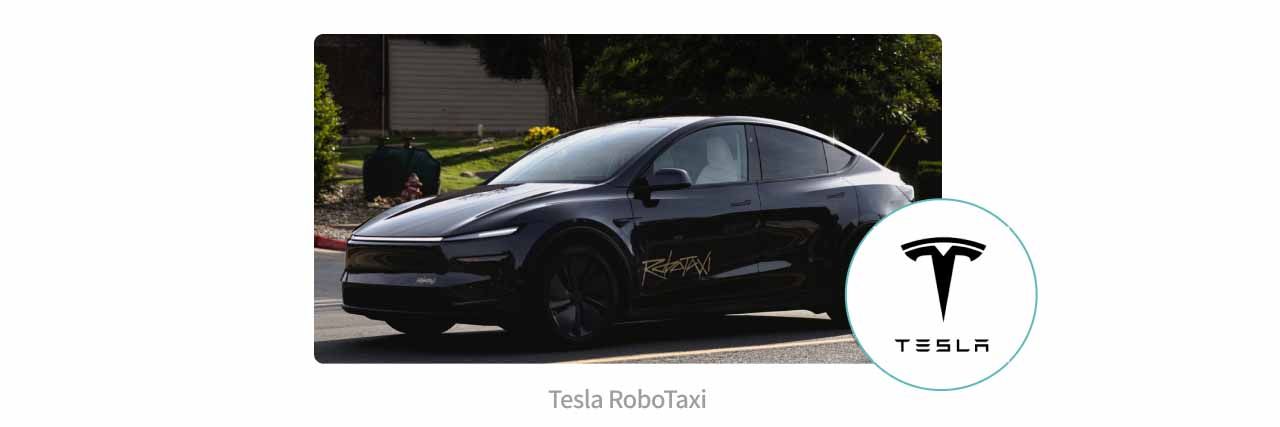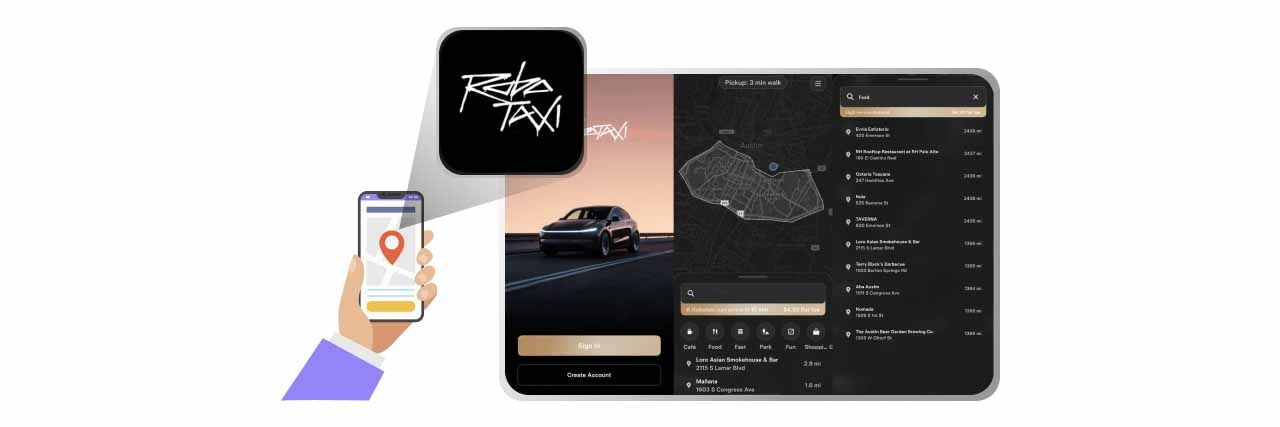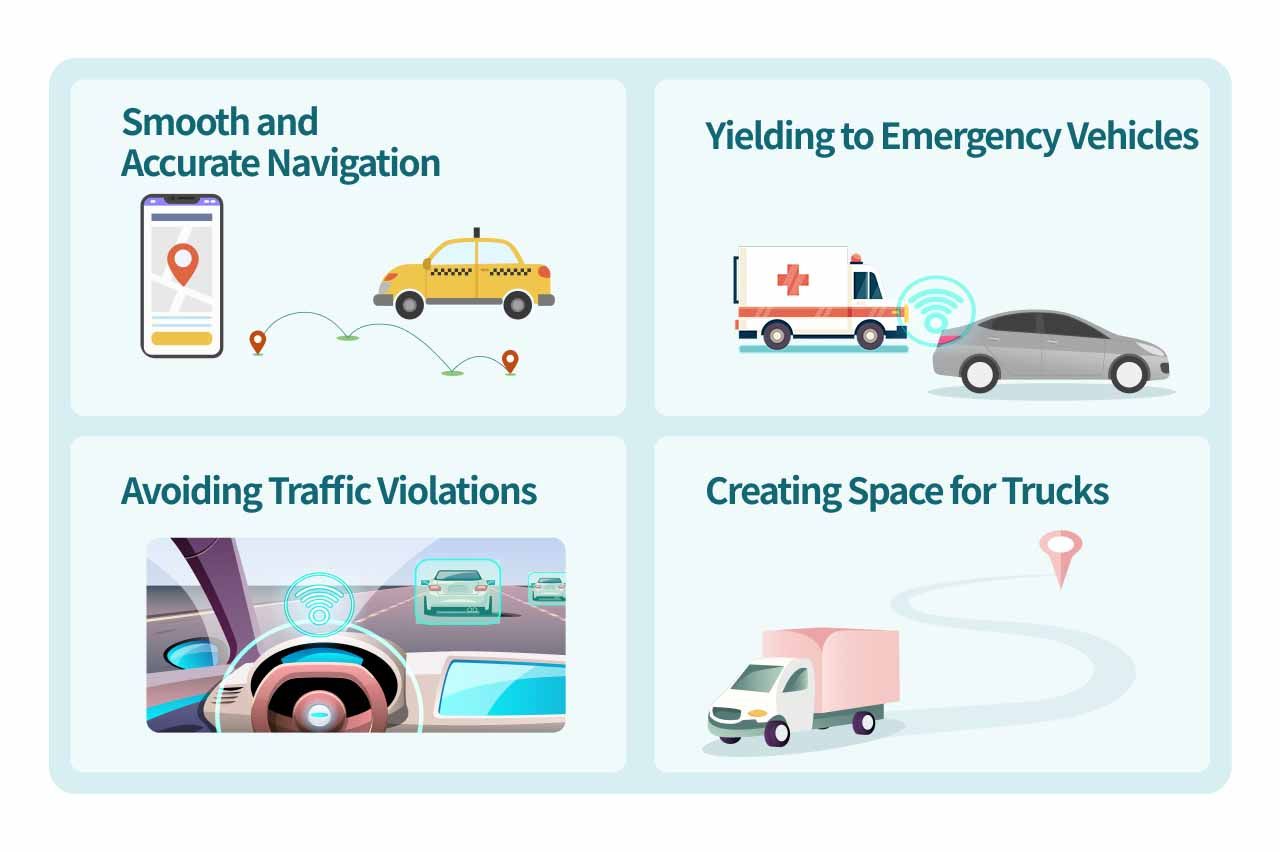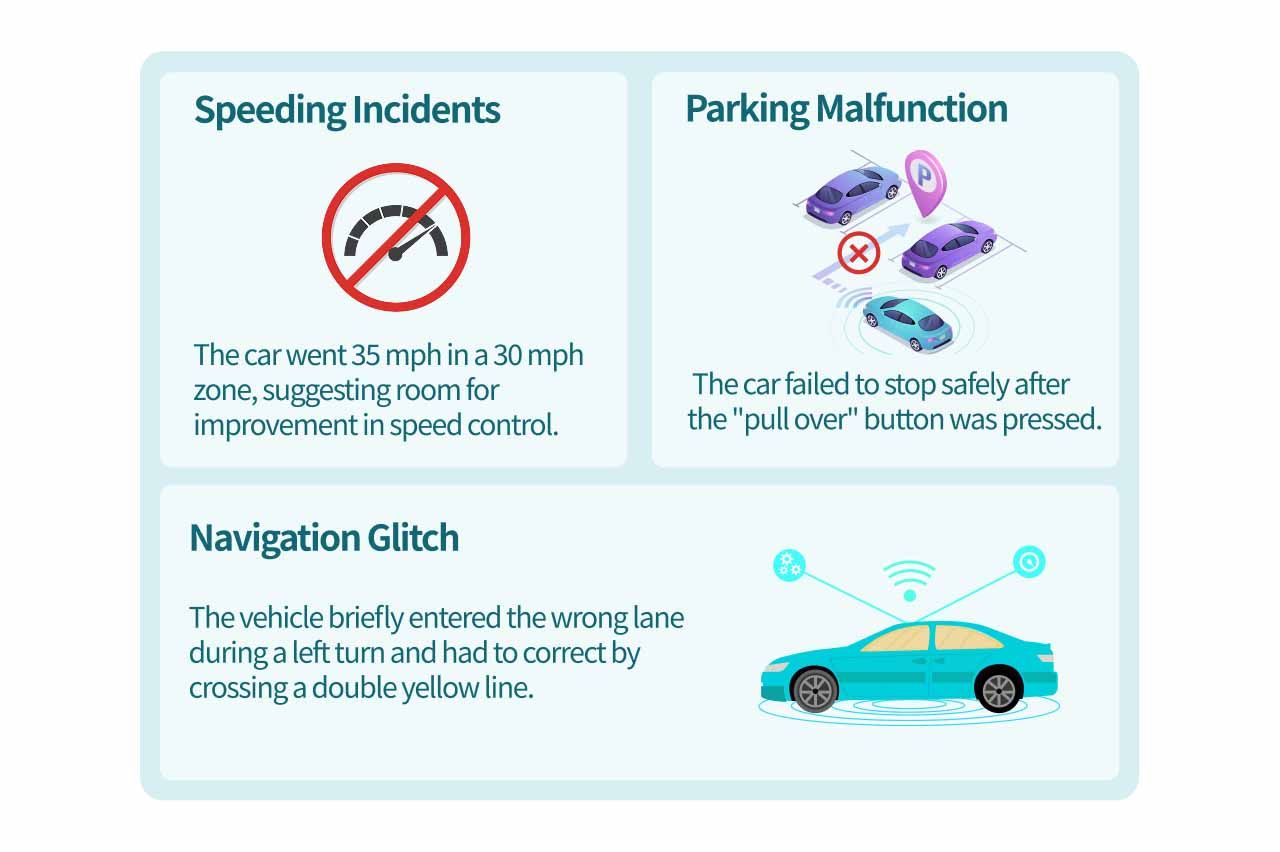
On June 22, 2025 (U.S. time), Tesla officially launched its Robotaxi pilot program in Austin, Texas. The initial trial is limited to select Tesla fans, investors, and influencers, with service confined to specific areas in South Austin. Rides are charged at a flat rate of $4.20 per trip.
Due to Texas regulations prohibiting autonomous vehicles without steering wheels and pedals, the pilot uses the Model Y instead of the upcoming Cybercab. Tesla deployed 10 to 20 vehicles, operating from 6 a.m. to midnight. Each vehicle has a safety monitor in the front passenger seat to ensure operational safety.
For people who are interested in Tesla, you can also check out the below article.
US Industry 101: Tesla Business Overview
Key Features
Robotaxi App

Tesla’s Robotaxi rides are summoned through a proprietary mobile app. Riders can freely set their pick-up and drop-off locations and track the vehicle's ETA in real time. While waiting, users can customize seat position, temperature settings, and more. Integration with personal Tesla accounts also enables access to streaming services such as Netflix, Spotify, Hulu, and Disney+—bringing personalized entertainment to the ride.
On-Road Performance
After riding in the Robotaxi, many participants shared their experiences and videos on social platform X, with overall reactions being positive. Riders noted that Tesla’s autonomous driving already feels remarkably similar to human performance. However, it's worth noting that all participants were handpicked by Tesla, which could introduce selection bias.
Technical Highlights

Videos from the pilot program showcased several key strengths in Tesla's autonomous driving system:
- Smooth and Accurate Navigation: Riders praised the natural steering and comfortable ride. Vehicles accurately navigated to specific destinations such as restaurant parking lots—highlighting Tesla’s strength in scene recognition and precise localization.
- Yielding to Emergency Vehicles: YouTuber “DirtyTesLa” reported that the Robotaxi correctly pulled over to let an ambulance pass, showcasing strong emergency response logic.
- Avoiding Traffic Violations: Investor DJ Seo shared footage where the Robotaxi identified a wrong-way driver in a construction zone and maneuvered safely to avoid a collision.
- Creating Space for Trucks: Tesla owner Zack noted that the Robotaxi shifted right while stopped at a red light to make room for a large truck to turn left—demonstrating the system’s environmental awareness.
Risks and Limitations

Despite impressive tech demonstrations, some users reported issues that highlight potential hurdles for full-scale deployment:
- Speeding Incidents: Investor Sawyer Merritt noted the car went 35 mph in a 30 mph zone; YouTuber “Herbert Ong” saw speeds of 39 mph in a 35 mph zone—suggesting room for improvement in speed limit detection and control.
- Parking Malfunction: “Bearded Tesla Guy” experienced a malfunction where the car failed to stop safely after the "pull over" button was pressed from the rear screen. The vehicle halted in the middle of the road and required two customer service calls to complete the route—raising questions about parking system reliability and remote assistance workflow.
- Navigation Glitch: Former Tesla podcast host Rob Maurer reported his vehicle briefly entered the wrong lane during a left turn and had to correct by crossing a double yellow line—indicating room to refine decision-making in complex traffic scenarios.
Competitor Comparison
| Feature | Waymo | Tesla | Zoox |
|---|---|---|---|
| Commercial Status | 25M+ miles logged (as of end-2024); 250K+ paid rides per week | Pilot started June 22, 2025 | Expected to launch in Las Vegas by end of 2025 |
| Cities Operating | SF, LA, Phoenix, parts of Silicon Valley, Austin, Atlanta | Pilot running in Austin | Internal testing in SF and Las Vegas |
| Business Model | B2C via Waymo One or Uber app | Self-managed fleet; future plan to allow private vehicles in shared fleet | Full-stack solution: R&D, manufacturing, and ops |
| Fleet Size | ~1,500 vehicles | 10–20 (targeting 1,000 in coming months) | ~20 vehicles |
| Vehicle Type | Jaguar I-Pace | Now using Model Y; future: Cybercab, Robovan | Custom bi-directional design with no driver seat |
| Sensor Strategy | Lidar + camera + radar + HD maps | Vision-only (cameras + AI model) | Lidar + camera + radar |
| Ride-Hailing App | Waymo One (SF, LA, Phoenix), Uber (ATL, Austin) | Tesla robotaxi app | Zoox app initially; possible Uber/Lyft integration |
| Pricing | Higher than Uber/Lyft (esp. short trips) | Flat $4.20 in pilot phase | TBD |
Outlook
Tesla shares jumped more than 8% the day after the Robotaxi pilot began, showing strong market enthusiasm. Unlike other companies that rely heavily on high-definition maps and expensive sensor suites, Tesla uses over 3.5 billion miles of real-world Full Self-Driving (FSD) data collected from its 7+ million users to develop an end-to-end vision-based system. This model enables high scalability and lower per-vehicle costs.
Tesla's upcoming Cybercab is projected to cost just 20–25% of Waymo’s vehicle costs, thanks to mass-production efficiency. Plus, current Tesla vehicles can be converted into Robotaxis via software updates. These factors give Tesla a larger potential market share and Total Addressable Market (TAM) than traditional competitors.
In short, this pilot marks a key milestone in Tesla’s Robotaxi strategy. The next crucial phase will be public rollout and how the broader market responds.
To read more about related articles, check out the following.
